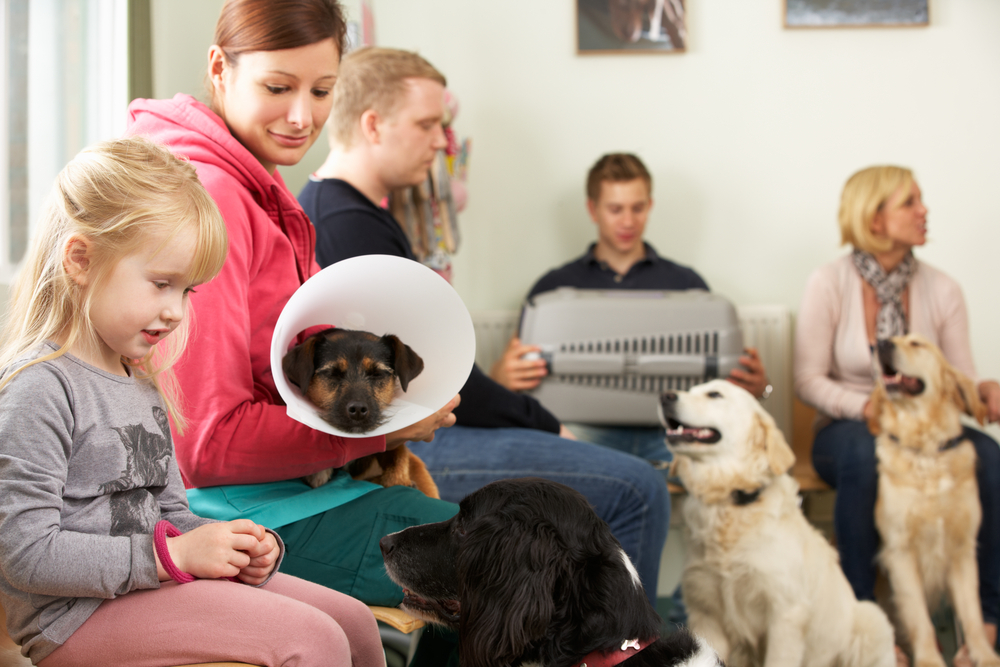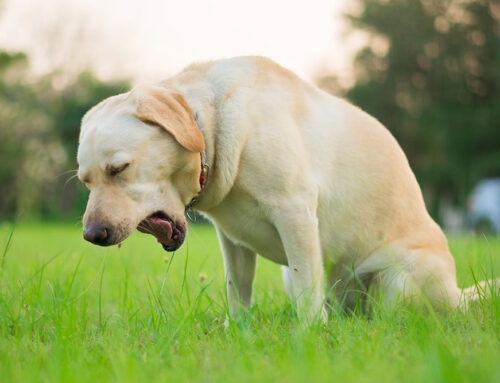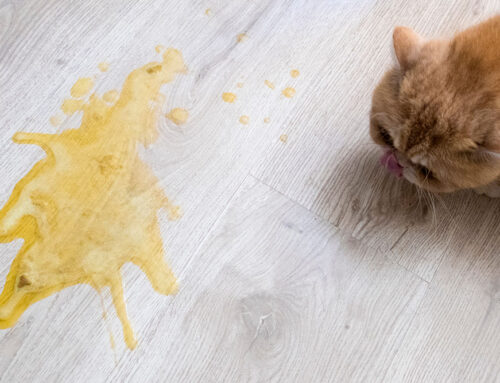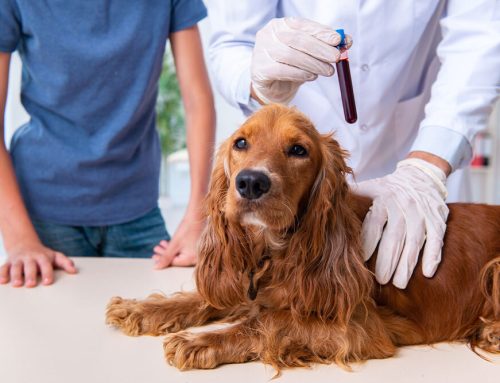Getting an appointment with your veterinarian has likely become more challenging since the spring of 2020. Routine veterinary care is pushed out several weeks. Sick pets may wait several days before receiving care. Others are referred to emergency hospitals because their usual veterinary staff is unable to squeeze them into the schedule. Times have certainly changed, and pet owners and veterinary staff alike have been forced to adapt to these challenges. But, what actually caused this to happen?
The COVID-19 pandemic created a unique situation for veterinarians where too many pets needed care but not enough veterinary staff were available to provide that care efficiently. Palisades Veterinary Hospital understands how frustrating this has been for pet owners. Here, we share the reasons for our current veterinary overload, how we are adapting, and how you can help us cope with the challenges created by COVID-19.
What caused the increased demand for veterinary care?
During the pandemic, the following two unique situations occurred:
- New pet acquisitions — The total number of shelter pet adoptions actually decreased during the height of the pandemic, as fewer pets were surrendered. However, the adoption rate increased as people looked to pets for comfort and stress relief. When shelter pets were unavailable, people turned to other sources (e.g., rescue groups, social media) to acquire pets. Veterinarians reported seeing an increasing number of new patients, and an ASPCA survey confirmed that one in five households took in a new pet during the shutdown.
- Time spent with pets — As people began working from home, they noticed medical problems with their pets sooner, prompting more frequent trips to the veterinarian. Two years later, many pet owners continue to work from home, which allows them the flexibility to bring in their pets for veterinary care more often.
Together, these situations caused an increased demand for veterinary appointments—by a 4.5% increase in 2020 and another 6.5% in 2021, according to VetSuccess. Combined with changes in efficiency and staffing shortages, veterinary staff were unable to accommodate this growth.
What caused the veterinary staff shortage and the decrease in efficiency?
When the demand for pet care increased, important protocols were introduced that altered the way your veterinary staff offered care, hobbling their efficiency. Many staff members also left clinics, temporarily or permanently, leaving fewer people to care for more pets, in a less efficient manner. Here’s what occurred:
- Lockdowns and closures — Although veterinary care is an essential service, some hospitals closed because of virus outbreaks among staff. Some clinics were forced to limit services because of lockdown orders. Most routine wellness and preventive services were pushed back months or years, resulting in a backlog that has had long-lasting effects.
- Safety protocol slowdowns — Hospitals provided curbside care to pets while keeping staff and clients safe. Veterinary hospitals could not risk staff members becoming ill and being unable to work in the clinic. Although inefficient, curbside care allowed us to help staff remain healthy because of social distancing, and to continue offering care to your pets. However, the staff felt the strain caused by curbside care, having to hurry from the building and out to cars and back again, which required many extra steps, while also experiencing an increase in phone volume. Data from the American Veterinary Medical Association (AVMA) has shown that most hospitals have been about 25% less efficient, seeing one less patient per hour than usual.
- Staff illness and childcare — Staff illness, quarantine, and childcare challenges resulting from remote learning meant that hospital staff was further hampered.
- Staff burnout — Burnout and exodus from the veterinary profession greatly increased during the pandemic. The burdensome workload, longer hours, stress of being unable to care for pets in need, and impatient, frightened, and frustrated pet owners contributed to this loss.
How is the veterinary profession adapting?
Adding staff to struggling hospitals and veterinarians to underserved communities would be an ideal solution, but constraints involved with competitive, lengthy schooling mean this is unlikely. But, we can—and will—adapt in other ways.
- Telemedicine — Laws that had restricted telemedicine have been relaxed since the pandemic began, allowing some veterinary hospitals to offer remote care.
- Veterinary urgent care clinics — Veterinary urgent care clinics have emerged as a solution to alleviating the burden emergency hospitals have taken on by accepting overflow patients from general practices. These clinics offer care to pets with urgent needs (e.g., minor infections, lacerations, or broken toe nails). Patients are seen the same day or after hours, which allows emergency hospitals to see pets with true life-threatening emergencies.
- Staff wellness programs — Increasingly, veterinary hospitals recognize the need to support their staff members’ mental health (e.g., online support services, on-site social workers, staff meetings and bonding activities, expanded sick leave policies). We focus on keeping veterinary staff members healthy, so we can continue to care for your pets.
How can I help my veterinarian and staff cope with overload?

You can do several things to help your veterinary clinic staff to ensure that your pets receive the care they need.
- Schedule care in advance — Take note of when your pet’s annual visit or vaccines are due, and schedule an appointment at least a month in advance. When routine visits are scheduled ahead of time, appointment slots for ill pets remain open for those who need them.
- Call right away if your pet is sick — If your pet seems ill, avoid waiting to see if they will get better. Call us right away to schedule an appointment, which may take several days or weeks. If you wait until your pet is extremely sick, you may need to visit an emergency clinic.
- Be kind to your veterinary staff — Know that your veterinary staff hates to delay or deny your pet’s care. Most veterinarians already arrive at the hospital early in the morning, stay late in the evening, and often work through lunch to squeeze in as many patients as possible. If you have been told no appointments are available, this means there truly is no room on the schedule. Show respect when speaking with veterinary staff, because we will always help you as best we can.
Although COVID-19 has changed the veterinary landscape, keep in mind that your Palisades Veterinary Hospital team is committed to you and your pets. Contact us to schedule your pet’s next wellness visit, or as soon as you note an adverse change in your pet’s health, so we can ensure your pet is seen as soon as possible.








Leave A Comment